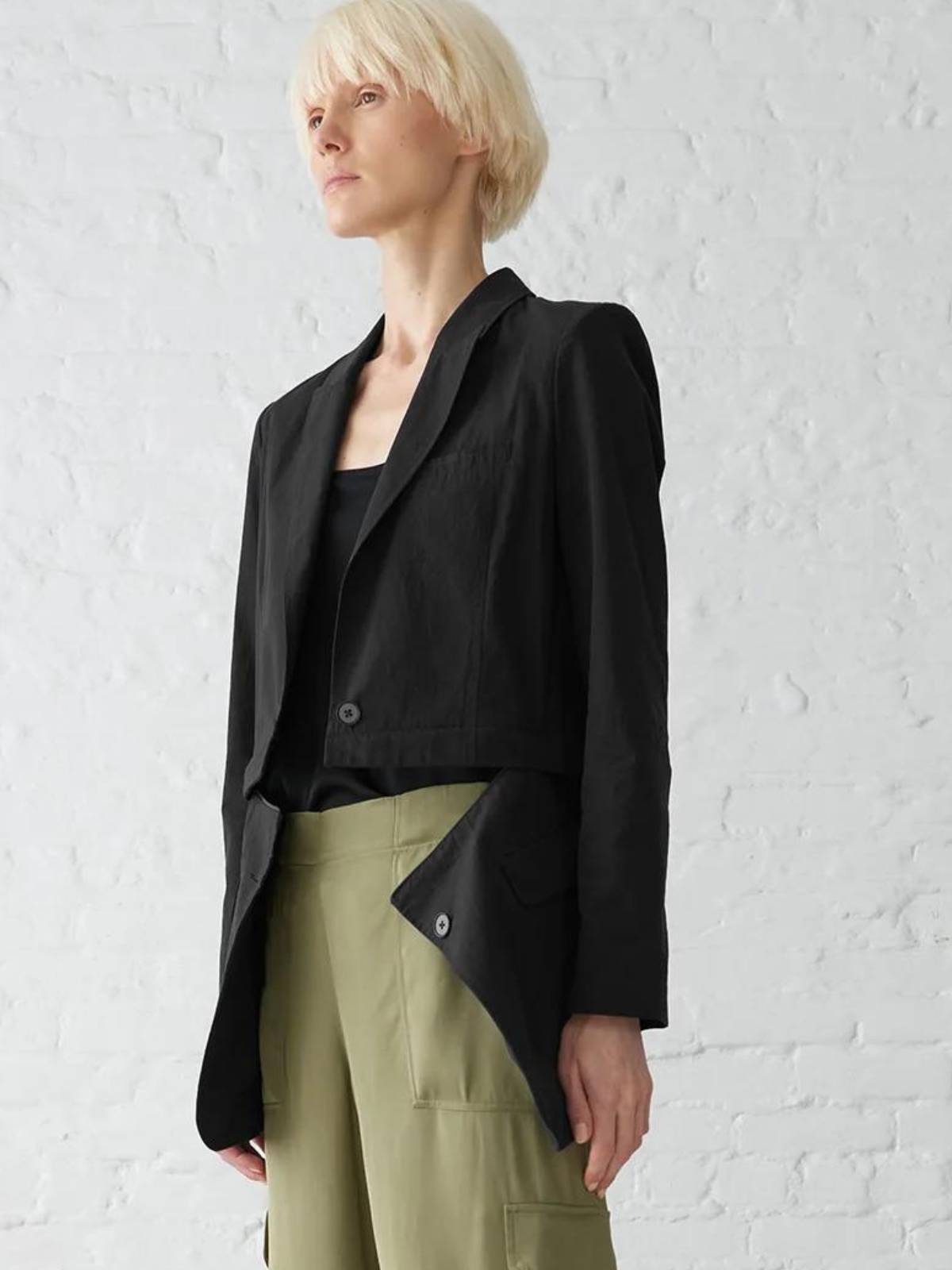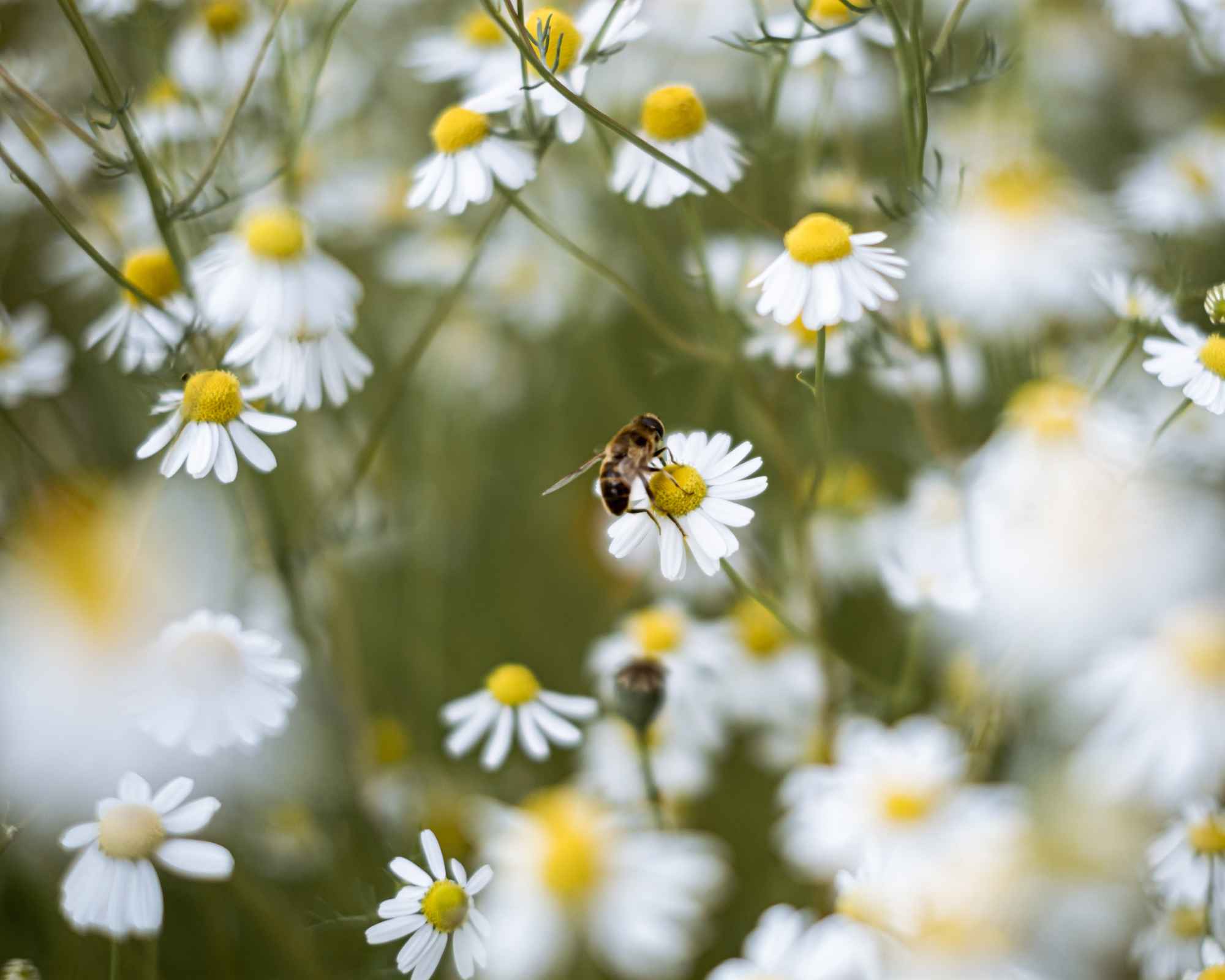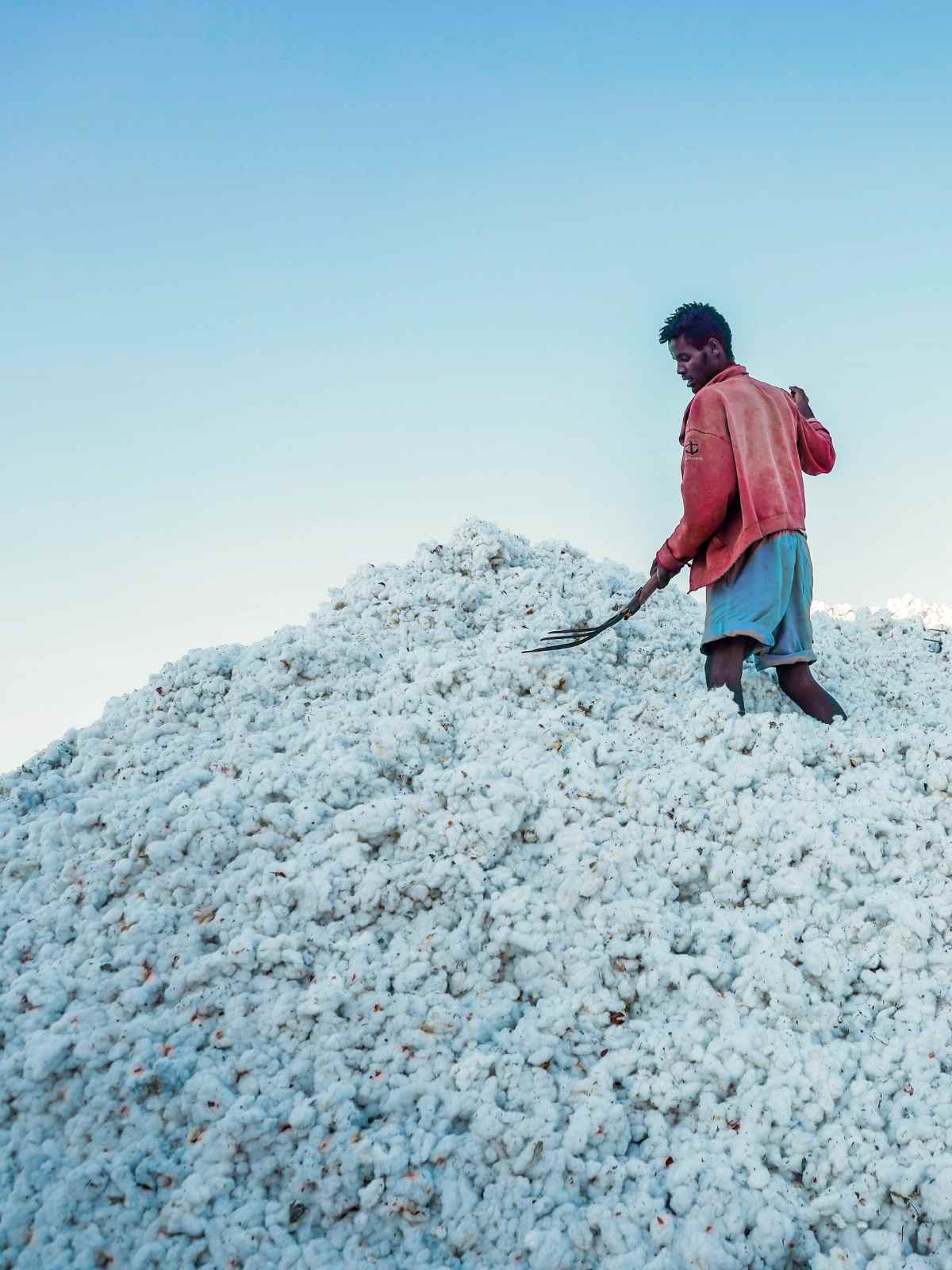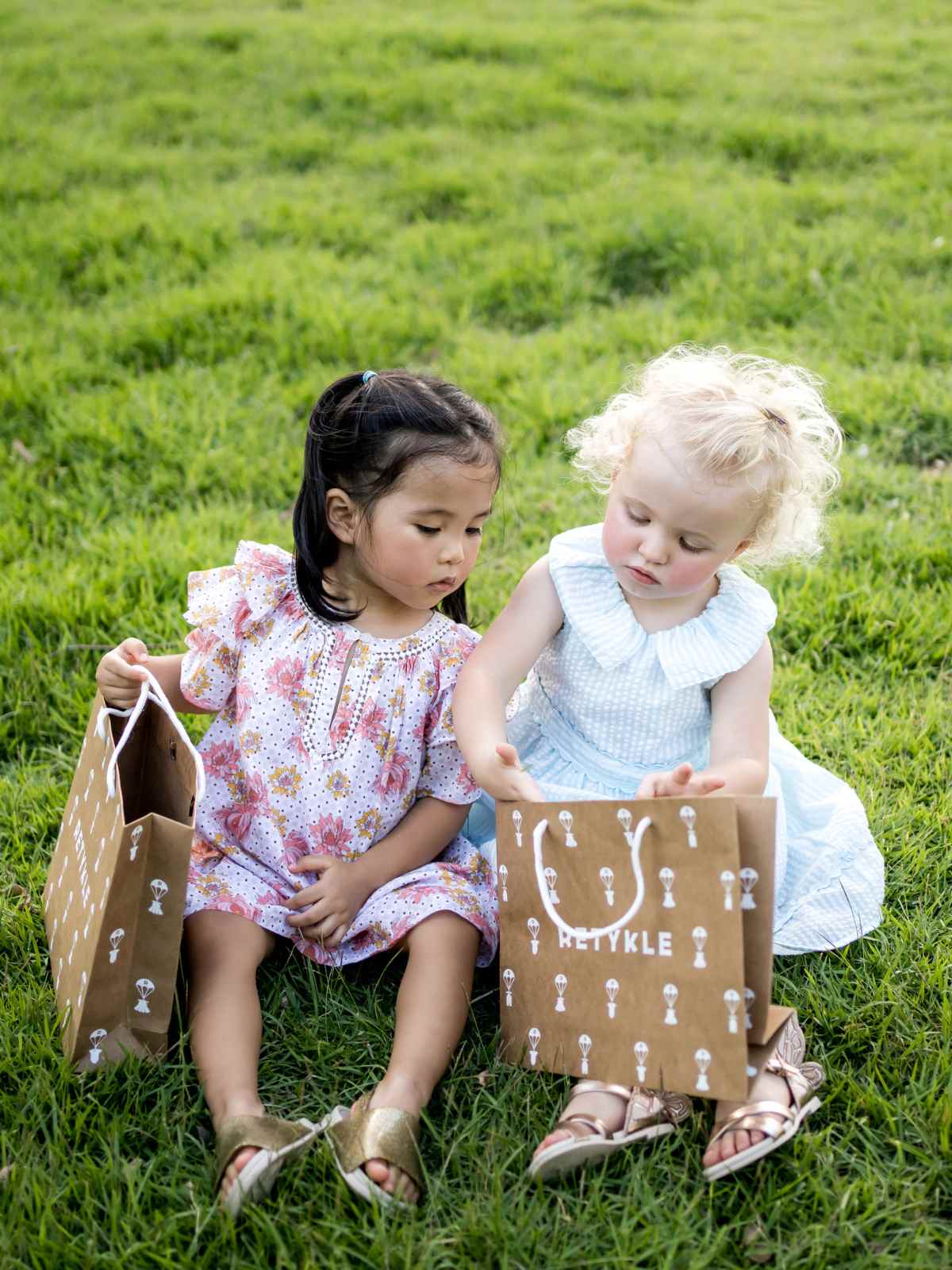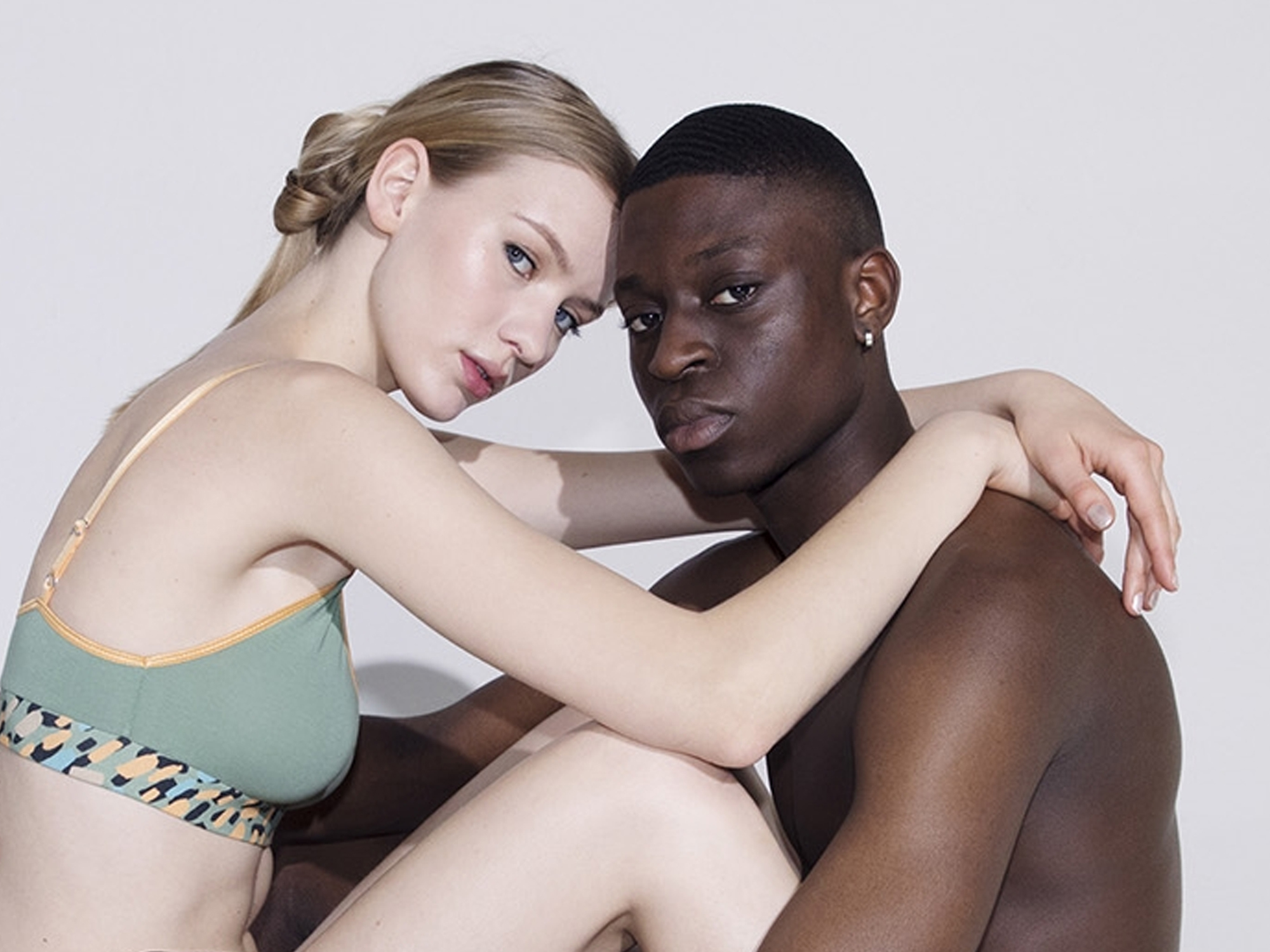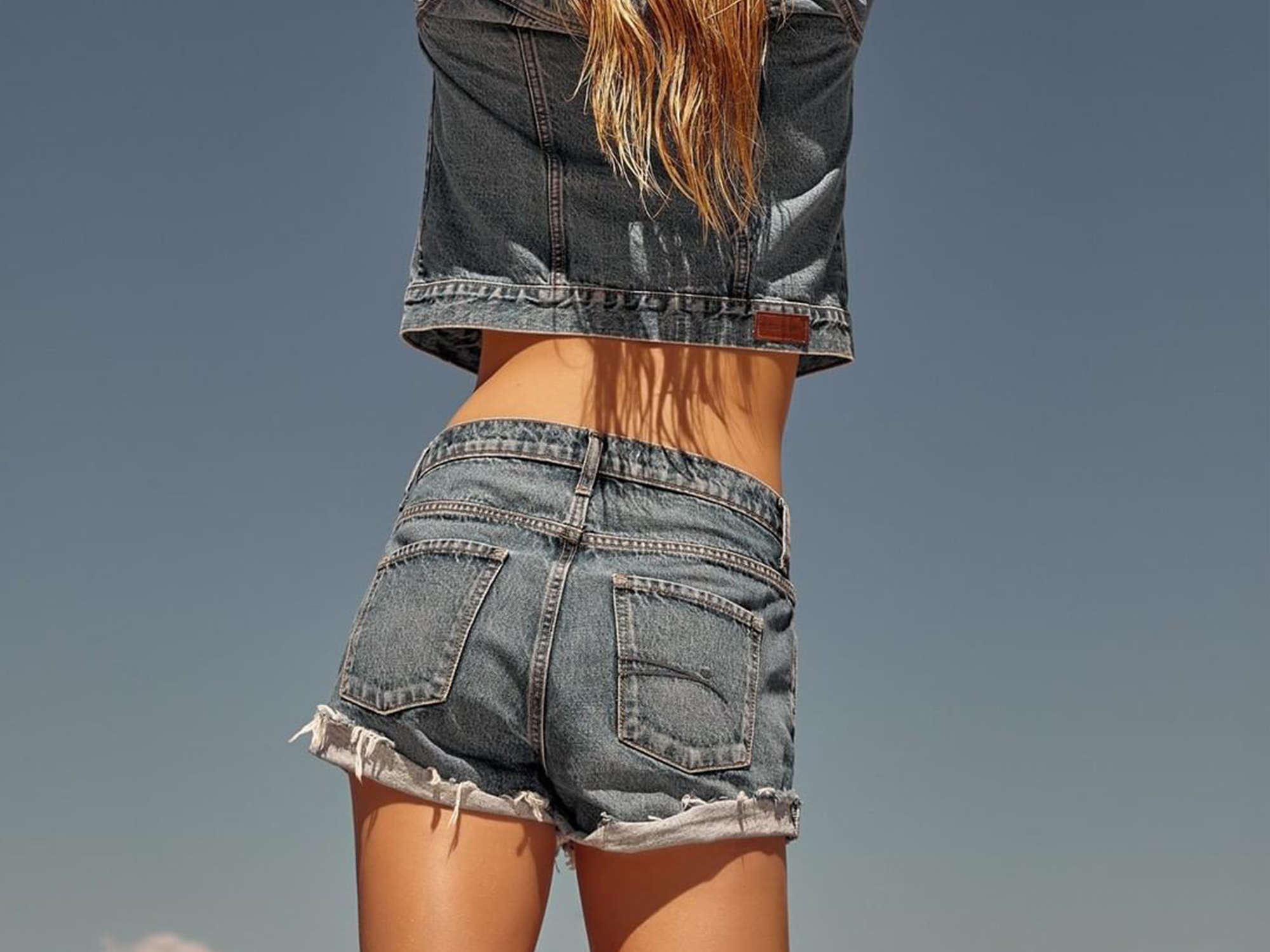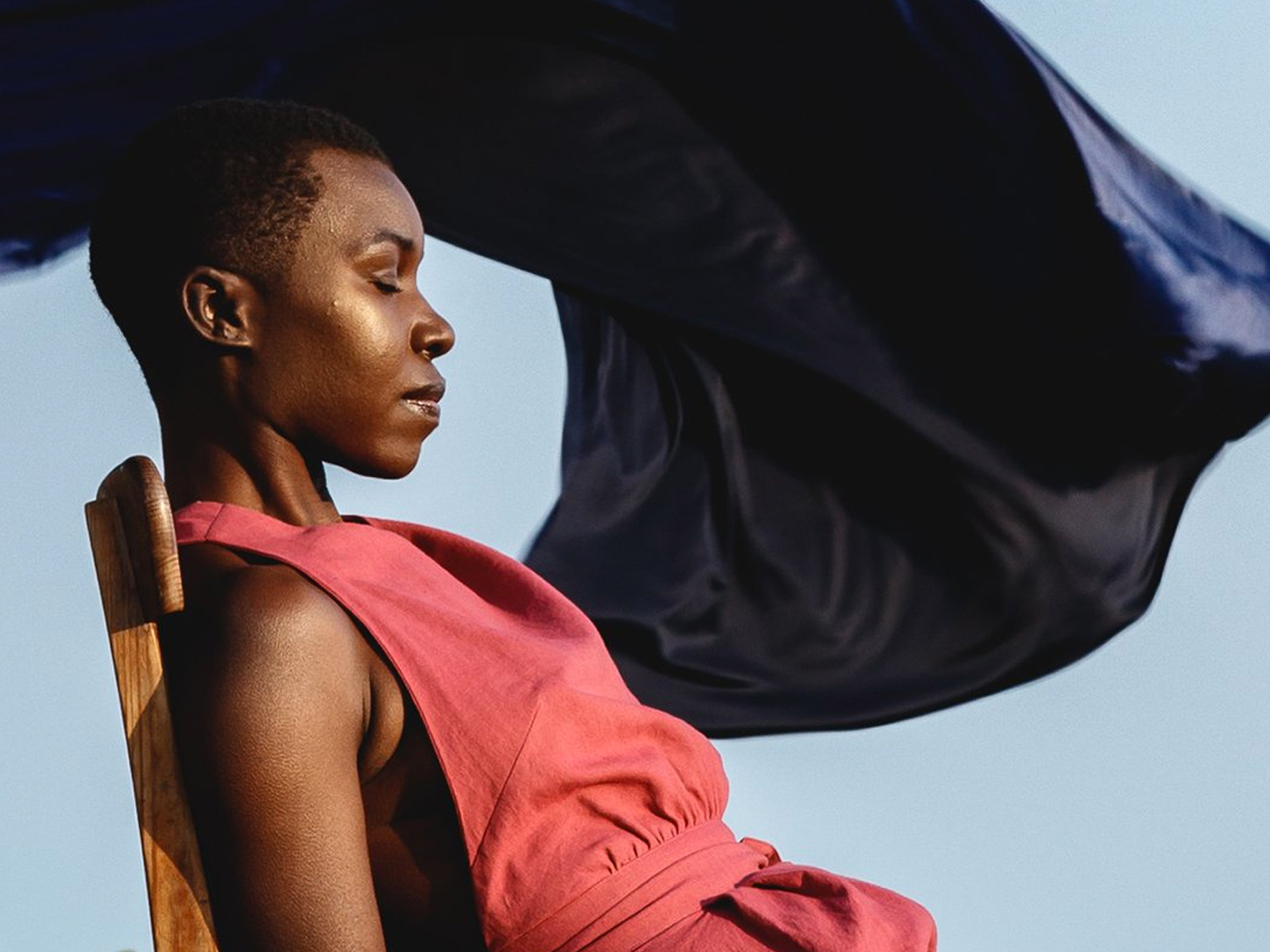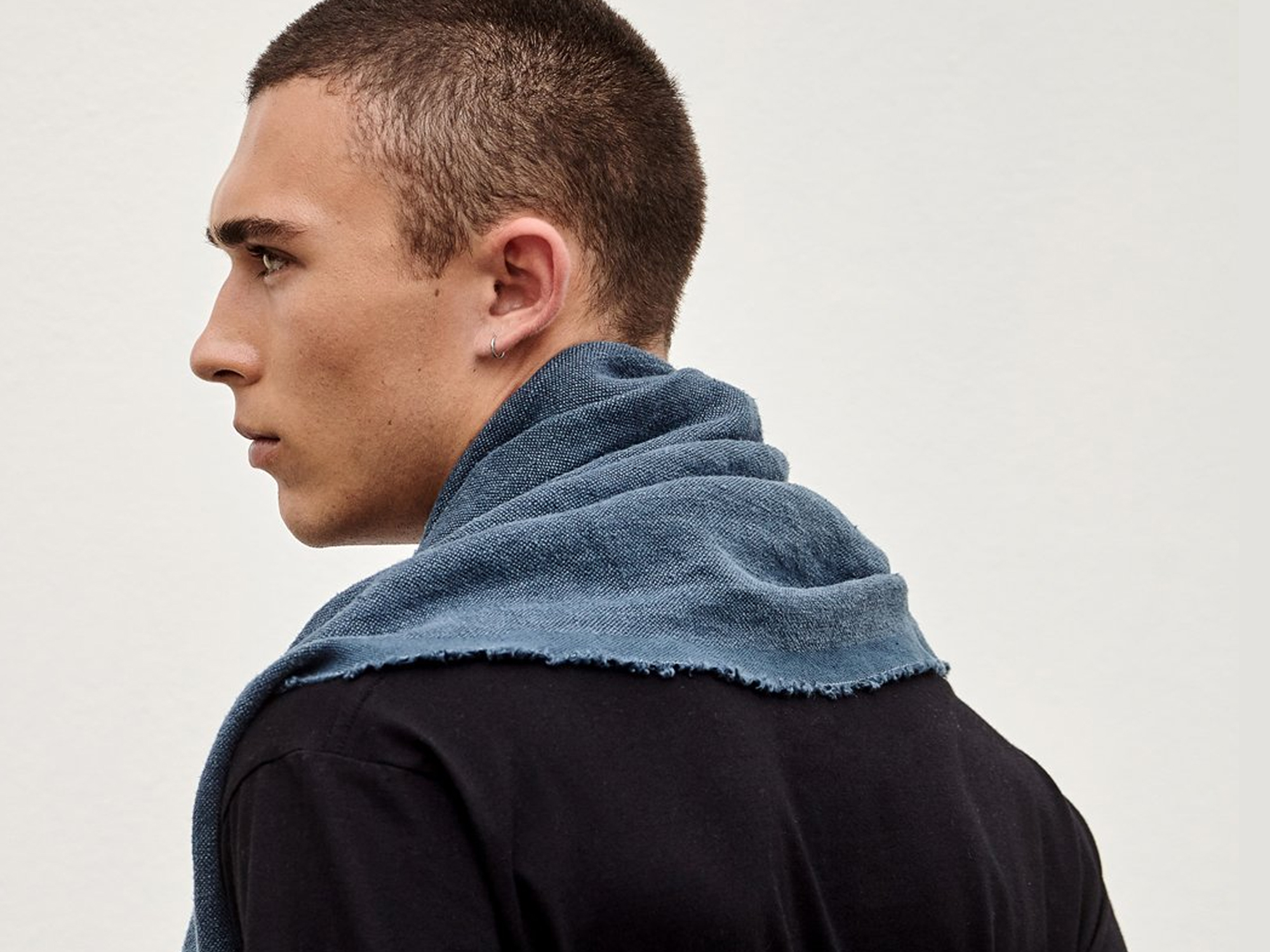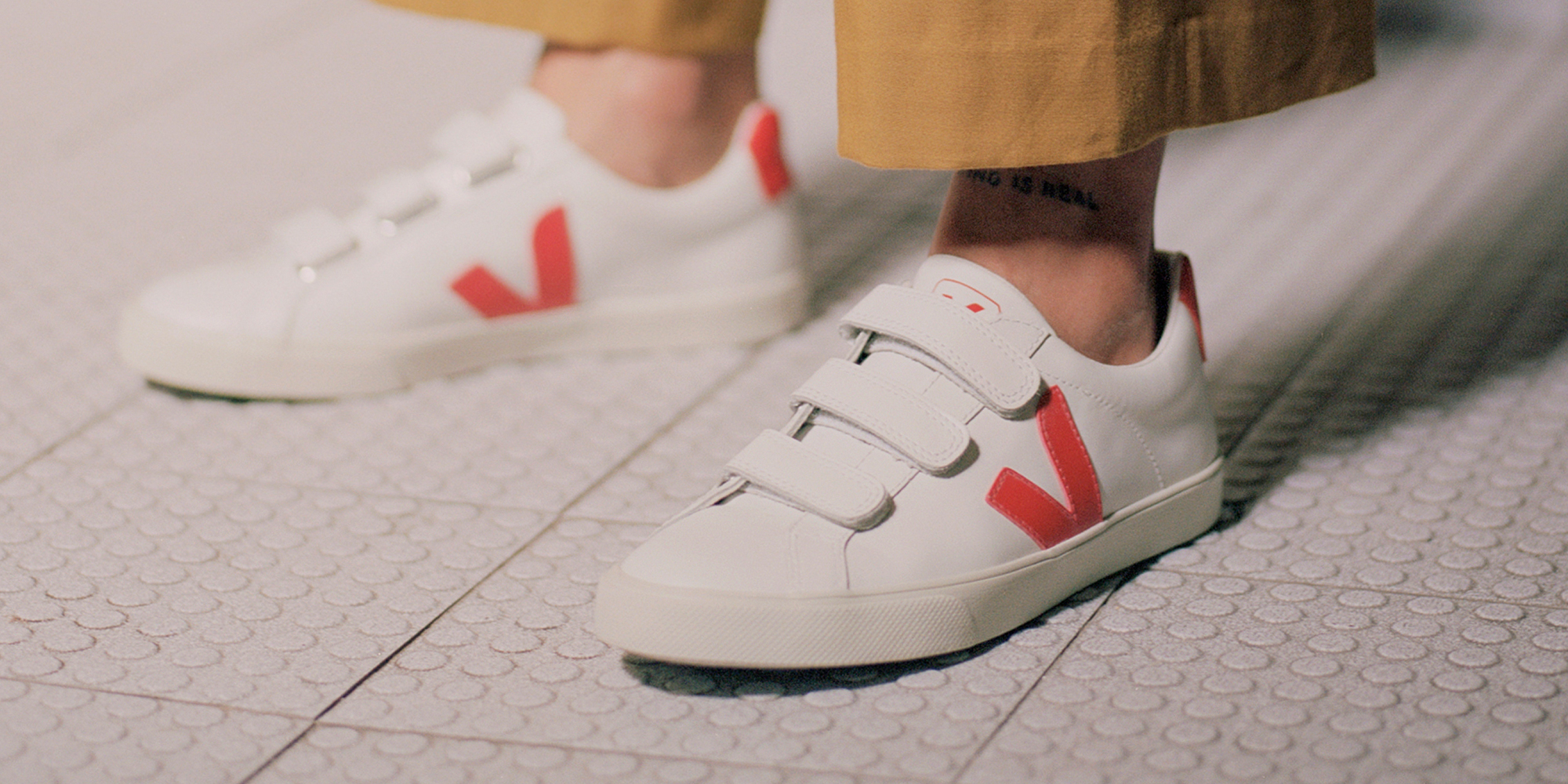Biodiversity is about the variety of life on Earth, but what does it mean in the context of fashion? And how does it tie into brand sustainability strategies? Here, we explain all.
Let’s start with defining biodiversity. What is it?
Biodiversity (or, biological diversity) refers to the huge variety of life on our planet, and there are three aspects: species, genetic, and ecosystem diversity.
It’s hard to understate the importance of biodiversity because our survival—and that of all other living things—depends on it. Humans rely on nature, ecosystems and biodiversity for food, raw materials, building and medicines, clean air and water, mental and physical health, and cultural aspects, among other things.
We share the Earth with millions of species and our existence is interlinked through our actions and environments. One broad example of how important biodiversity is to human existence is the plants we rely on for food—their survival depends on pollination by insects, birds, or other small mammals. Later down the line, the organic matter from that food waste is broken down by bacteria to eventually enrich the soil, giving way for more flora to grow and creatures to thrive. The collapse of just one ecosystem could have wide-reaching effects on the whole planet—a common example is the potential impact of bee extinction.
The link between human activity and biodiversity loss
In our modern system of capitalism and continuous growth, nature itself has become a commodity—a report by the World Economic Forum (2020) noted that more than half the world’s total GDP “is moderately or highly dependent on nature and its services and is therefore exposed to nature loss”. With that, humans have a huge responsibility to ensure the security of biodiversity.
And even though we know the extent of biodiversity’s importance, humans are still having an increasingly negative impact on it. Numbers from the European Environment Agency show that “three-quarters of the Earth’s terrestrial area and two-thirds of its marine environment have been significantly altered by human activities, putting about 1 million species at direct risk of extinction”.
Where does climate change fit in?
Think of biodiversity loss and climate change as a continuous loop—the latter can alter ecosystems and habitats and therefore impact biodiversity, while biodiversity loss can also accelerate climate change and its effects.
So, what human activities are contributing the most to biodiversity loss? The exact data varies depending on the source, but four main value chains are usually cited: energy, infrastructure and mobility, food, and fashion. Yes, fashion systems have a huge effect on biodiversity loss—perhaps on an even deeper level than you might imagine.
What role does fashion play in all this?
In short, there is no way to separate fashion from biodiversity. The industry is highly dependent on nature—from cotton growing to the water we wash our clothes with. What’s more, those same actions, when not taken responsibly, also have a significant impact on the very biodiversity they rely on.
Becca Willcox, ratings analyst at Good On You, explains: “The fashion industry contributes heavily to global biodiversity loss at all stages of the value chain, from habitat loss during the extraction of raw materials for fibres to the waste created from end-of-life product disposal. At the same time, the sector is also dependent on healthy, functioning ecosystems and biodiversity. The relationship between fashion and nature needs to shift from being extractive to regenerative and reciprocal.”
A report by McKinsey, Biodiversity: The next frontier in sustainable fashion (2020), emphasised the impact, noting that the biggest drivers of biodiversity loss in the fashion chain are cotton agriculture, textile dyeing and treatment, production of man-man cellulosic fibres (MMCFs), microplastics, and waste.
These findings are echoed by non-profit organisation The Fashion Pact: “From expansion of cattle in the Amazon and Cerrado to the deforestation and subsequent plantations for cellulosic fibers, the majority of fashion materials are sourced in or near areas of deforestation.”
What does that look like in practice?
The fashion industry also contributes significantly to biodiversity loss through land degradation due to farming for raw materials, deforestation for cattle farming to produce leather, and water pollution due to chemical dumping, which all cause habitat loss for the species that existed long before fashion producers came along.
One example that really highlights fashion’s impact on biodiversity (and its relationship with climate change) is the shift in Mongolia’s cashmere industry.
As the BBC reported, the increasing demand for cashmere clothes has led to herders in Mongolia keeping more goats, which have gradually overgrazed the region’s once verdant grasslands, causing them to become deserts. What’s more, over the last 70 years, the average temperature in Mongolia has increased by 2.1C, which is higher than the global average and has likely also contributed to the desertification. As a result of temperature rises, the goats grow lower quality wool since they don’t need as much to keep warm.
Not only that, but with such little grass left, there isn’t enough food for the increased numbers of goats to survive the cold winters, and many people with nomadic herder heritage have been forced to migrate to cities, including the capital Ulaanbaatar, in search of other work.
The UNDP reports that half the country’s population now lives in the city, and so Ulaanbaatar has some of the worst air pollution on Earth as many people burn coal to keep warm during the winter.
This chain of events is, of course, much more nuanced than a few paragraphs could explain, but it demonstrates the breadth of our interconnectedness with animals and the environment. And it’s just one of many examples.
Where do we start in reducing fashion’s impact on biodiversity loss?
There is no single call to action that can change things because, as you might’ve gathered, fashion’s relation to biodiversity loss is complex. To tackle it, we need a variety of initiatives and progress indicators, and importantly, a commitment to continuous development.
An important initial step towards reducing biodiversity loss is transparency and traceability in supply chains. If brands do the work to find out and disclose how their practices are affecting the world around them, they can mitigate—or even avoid—the negative impacts.
Good On You uses these public disclosures to score brands for their actions in tackling biodiversity loss. Our methodology takes into account policies such as regenerative approaches to agriculture that restore soil and grasslands, protect waterways, and ensure the conservation of impacted species.
Other key focus areas for brands include exploring whether their operations are located near areas of high biodiversity value (ie that have particular species richness or are a significant habitat) and paying special attention to their impact here. Brands can also avoid sourcing in areas where there’s a significant risk of biodiversity loss, invest in lower-impact materials, and contribute to the development of new materials—particularly biodegradable and less water and energy-intensive ones.
Addressing fashion’s overproduction and consumption is a key issue too, because producing less and keeping clothes in circulation for longer through reselling, recycling, and repairing would reduce the amount of textile waste dumped in landfills, which cause habitat loss.
McKinsey’s report also called on brands to educate their consumers in garment care, such as washing at a lower temperature and using filters to reduce the volume of microfibres released into waterways.
Are any brands setting a good example here?
Willcox cites investment in regenerative farming by Finisterre (“Good”), Eileen Fisher (“Good”), and Patagonia (“Good”) as positive examples of responsible approaches to biodiversity protection in the supply chain.
Finisterre has recently introduced clothes made with regenerative fibres, which are farmed in a way that’s “in harmony with nature—optimising the capture of carbon by the soil, as well as encouraging the biodiversity and health of the land.” The brand explains that key aspects include protecting soil health by rotating crops, and focusing on incorporating a variety of plants, in particular local fauna, to aid biodiversity richness.
Eileen Fisher is supporting regenerative wool farmers in South America to follow the natural migrating patterns of wild sheep when grazing their animals to help reduce grassland degradation.
And Patagonia has been exclusively using organic cotton since 1996. The brand has since helped to establish the agriculture certification Regenerative Organic Certified, which focuses on “pasture-based animal welfare, fairness for farmers and workers, and robust requirements for soil health and land management.”
Biodiversity is a complex subject to get your head around, and determining whether brands are implementing best practices to reduce its loss is even trickier. But like with other aspects of sustainability reporting, you’ll want to look out for clear and concise statements from a brand about its biodiversity targets and whether it is on track to meet them, along with clearly presented certifications that might support its claims, such as the Global Organic Textile Standard (GOTS), and the Soil Association’s Organic certification.
